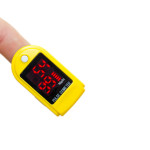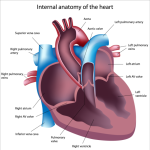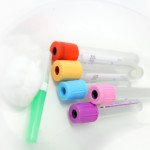I can’t breathe! I feel short of breath all of the time. We hear these statements every day at PAH specialty centers. We take vital signs of blood pressure, heart rate, respiration rate and oxygen saturation and patients are always surprised if their oxygen saturations are within normal limits. Read below to learn more. What is oxygen saturation? Oxygen saturation measures … [Read more...]
Is Pulmonary Arterial Hypertension a Heart Disease or a Lung Disease?
Yes. Pulmonary Arterial Hypertension is a disease that affects both the heart and lungs. The name means high pressure in the arteries of the lungs but it has severe consequences for both the heart and the lungs. How Does PAH Affect My Lungs? Pulmonary hypertension attacks the lungs in two ways. PAH causes vasoconstriction of the pulmonary arteries. The pulmonary arteries … [Read more...]
What is BNP?
BNP stands for B-type natriuretic peptide. This is a hormone that is released by the bottom two chambers of the heart (ventricles) in response to increased work. For example, increased pressure or increased stretch of the heart chambers leads to increased release of BNP. The main physiologic role of BNP is to act on the kidneys to promote increased salt and water loss … [Read more...]
Cystatin C, A New Blood Test
By Tabitha Moe and Jeremy Feldman For patients with congenital heart disease related PAH (PAH-CHD), a new blood test called Cystatin C is showing promise as a tool to help your doctor determine if you are at risk for problems related to PAH. Such problems might include admission to the hospital, abnormal heart rhythms and worsening heart failure. What is Cystatin C? Cystatin … [Read more...]
Eisenmenger’s Syndrome
Congenital Heart Disease & Eisenmenger's Syndrome February 4th-7th is Congenital Heart Disease Awareness week. The incidence of congenital heart disease today is 1:100 live births. With today’s post , I wanted to discuss a complicated problem that adults who are born with congenital heart disease may suffer from for their entire lives: Eisenmenger’s Syndrome. A … [Read more...]




